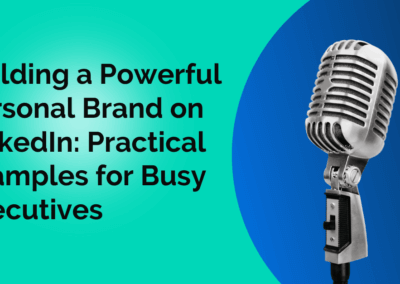So you’ve defined your buyer personas, but you’re having trouble finding them in real life. See how to successfully align your marketing and sales to find those elusive customers by mapping out the buyer’s journey with a content map.
Laying Out the Journey
A content map is much like any map you’d refer to when planning a trip; the difference is that the destination is a successful relationship with your ideal customer. Although a content map isn’t something you can just Google or plug into a GPS system, it’s not as difficult as it may sound.
A content map uses a spreadsheet to organize your content into the groupings you’ve identified through developing your buyer personas. This is generally organized into four columns:
- Content: Type or use case
- Publishers: Person or department responsible for dissemination
- Description: Self-explanatory
- How to organize: Various filters, such as region, language or industry
Keeping your content categories broad and then dipping into the buckets to funnel into the specific filters keeps things manageable. Some useful content categories include:
- Sales tools: Sample proposals, contracts, action plans and ROI calculators
- Sales training: Onboarding, courses and other skill-building content
- Product marketing: Images, white papers, brochures and any other product-related content
- Demo materials: Presentations and scripts
- Demand generation: Top of the funnel-ebooks, thought leadership and infographics
- Industry news: Company and competitor information and news feeds
[DOWNLOAD] Our best tool for strategy on reaching the customer
Mapping the Journey
The goal of content mapping is to create a landscape that includes the buyer’s journey and enables your sales team to leverage the content to intersect your journey with theirs. From training material to industry news, your content should show a clear path to making the sale.
Every business has unique needs, but the decision-making process stays the same. It starts with realization. The company realizes it has a problem to solve or a need that must be met. To find answers, they research content across all channels. They do this through social media, referrals, online forums, press releases, blogs, networking, and events. When you align your content on these channels, with a “5 reasons” blog or a presentation at an event about industry problems, you’ve made your content match the realization point.
Next, the business becomes aware of possible solutions and strategies. This is the point along the content map where you start to develop a relationship with the business. White papers, tip sheets, checklists, videos and educational content that engages the potential client to continue on their journey with you. Downloading content, subscribing to your email list and interacting through comments on blogs is the goal of this point on the map.
After awareness comes the evaluation period. This is where you want your content to answer questions, overcome objections and provoke dialogue. At this point, your content should provide reps and sales members with data such as case studies, demo videos, webinars and data sheets to prove your solutions work best for them.
Finally, the business reaches the decision stage. Your goal with this point on the content map is meeting your buyers with free trials, live demos, consultations and estimates for your products and services. Your content should provide the sales team with what they need to close the deal.
Category Success Tips
- Use broad category buckets (12 or fewer) to help enable successful funneling.
- Prioritize content for your sales teams. The easier it is for them to find content, the more helpful it will be to complete the sale.
- Keep your content groups intuitive, obvious and high quality.
Our team at SmarkLabs is ready to help you make the most out of your content maps. Contact us if you’d like help mapping out a journey that leads to success.




